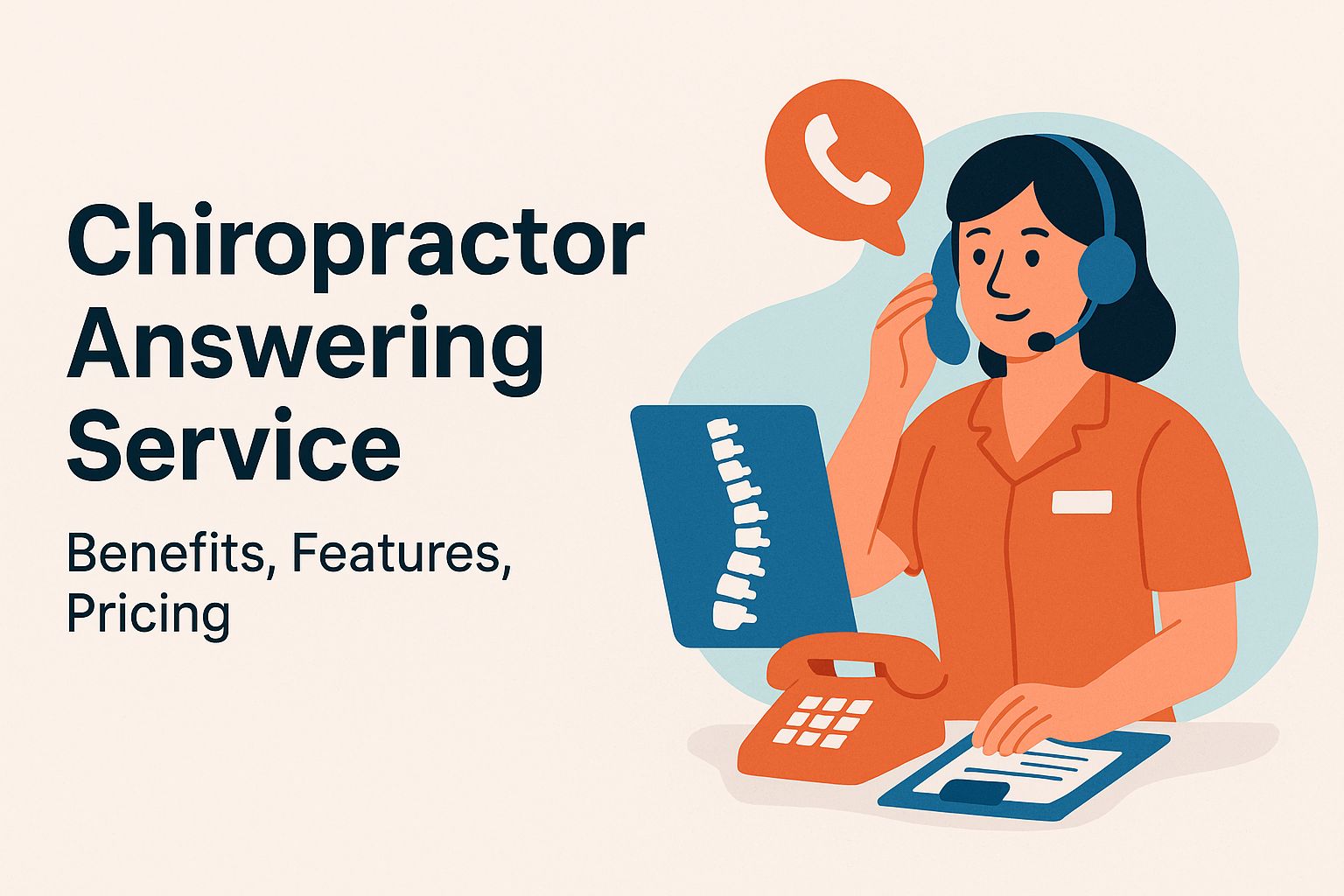
Chiropractor Answering Service | Benefits, Features, Pricing
In a fast-paced healthcare landscape, effective communication can set a chiropractic practice apart. A dedicated chiropractor answering service not only streamlines patient interactions but also enhances overall efficiency. This article will explore the numerous benefits of such services, their key features, and the various pricing models available. Discover how investing in an answering service can transform your practice and keep your patients engaged and satisfied.
Benefits of Using a Dedicated Medical Answering Service
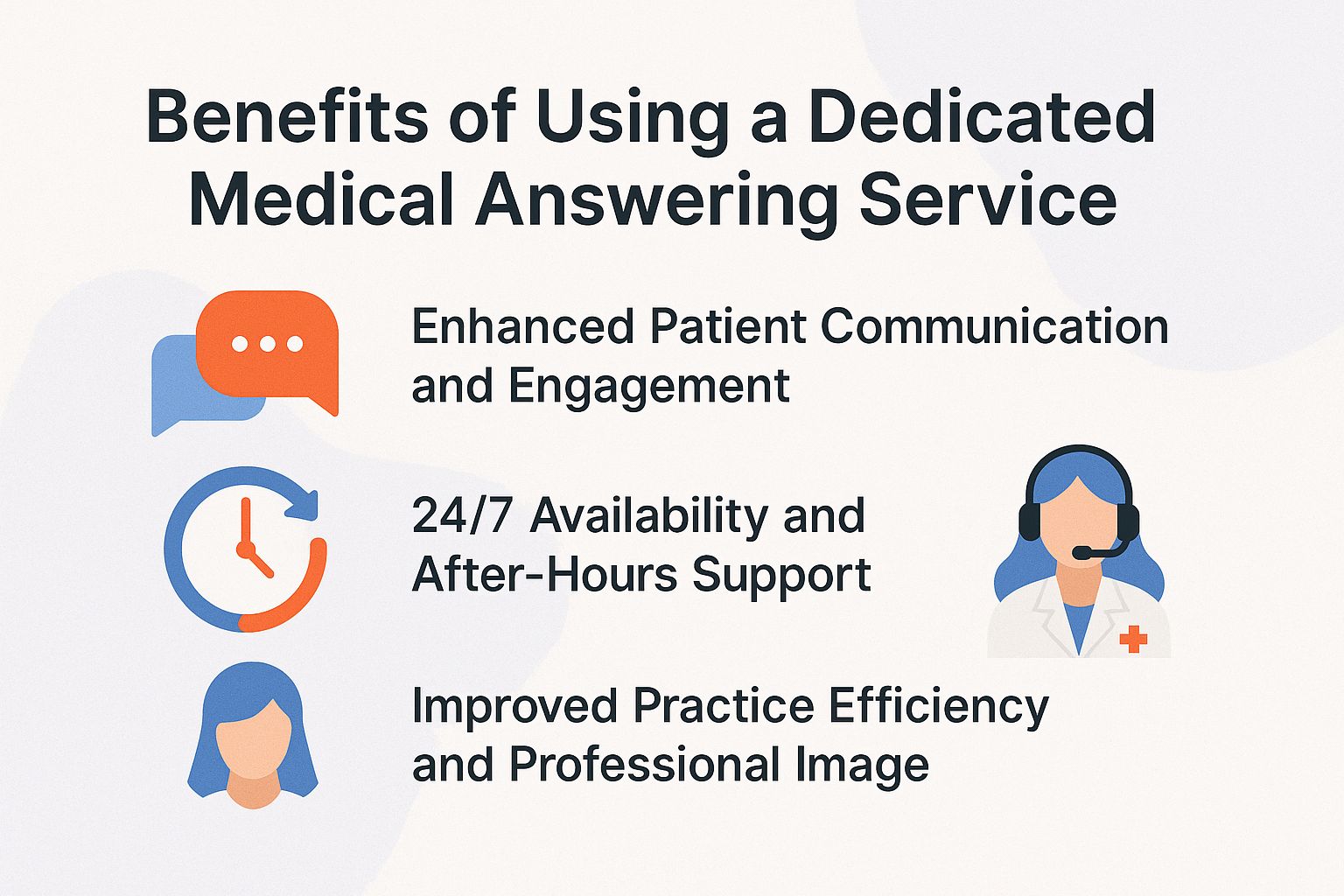
Implementing a chiropractor answering service can transform practice operations, yielding numerous benefits that enhance patient communication, support workflow optimization, and streamline business efficiencies. For those interested in understanding how these services can propel your practice forward, consider exploring our insightful guide on medical answering service benefits.
Enhanced Patient Communication and Engagement
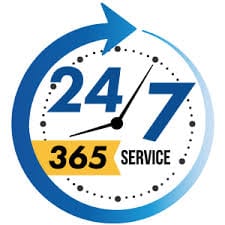 Answering services improve patient communication through telephony services by ensuring timely responses to inquiries, leading to a reported 30% increase in patient satisfaction ratings and patient engagement.
Answering services improve patient communication through telephony services by ensuring timely responses to inquiries, leading to a reported 30% increase in patient satisfaction ratings and patient engagement.
For instance, a local dental clinic implemented Ruby Receptionists, a top-rated answering service, which allowed them to respond to patient inquiries both during and after hours. Following this change, the clinic experienced a 40% increase in appointment bookings within the first month.
By using software that integrates seamlessly with their scheduling system, staff can now view real-time updates on patient interactions. This enhanced communication not only boosts booking rates but also fosters trust and engagement with patients, solidifying long-term relationships.
24/7 Availability and After-Hours Support
By providing 24/7 availability, chiropractor answering services capture leads around the clock, increasing appointment scheduling opportunities by up to 40% during off-hours. This round-the-clock access is crucial, especially considering that 70% of patients report hanging up when they encounter an unanswered call.
For providers like Answering Service Care, every missed call can represent a potential loss of hundreds, or even thousands, in revenue. By implementing an answering service, practices not only improve their patient retention rates but also enhance their reputation for reliability. Worth exploring: The Importance of 24/7 Availability in Modern Healthcare
Having a dedicated team to handle patient inquiries allows chiropractors to focus on treatment, ultimately boosting their overall efficiency and practice profitability.
Improved Practice Efficiency and Professional Image
Chiropractor answering services enhance practice efficiency by automating appointment scheduling, which can reduce administrative workload by approximately 25 hours per month.
By integrating Acuity Scheduling with an answering service, a chiropractic office can streamline operations significantly. For instance, appointments can be booked 24/7 without staff involvement, allowing front desk personnel to focus on patient care rather than administrative tasks.
The office reported a decrease in appointment no-shows by 30% through automated reminders, leading to better patient flow and increased revenue. Analyzing appointment patterns via Acuity’s analytics helps the practice optimize scheduling and allocate resources effectively, ensuring a smoother patient experience.
Key Features of Chiropractor Answering Services

Choosing the right chiropractor answering service involves understanding its key features, which can significantly impact patient experience and operational effectiveness. Curious about how medical answering services can enhance operational efficiency? Our comprehensive guide delves into the specifics.
Call Screening, Forwarding, and Customer Support
Effective call screening and forwarding systems ensure that urgent patient inquiries reach chiropractors promptly, increasing appointment rates by 20%.
Utilizing software like CallRail enhances this process significantly. CallRail allows practices to set up custom call routing rules based on keywords or call volume.
For example, if a caller mentions `urgent’ or `immediate appointment,’ the call can be forwarded directly to a practitioner’s mobile. This immediate attention drastically reduces response times.
Practices that adopted such systems saw enhanced patient satisfaction as well, with many receiving feedback about the efficiency of their communication. Implementing these tools can therefore transform operational response strategies.
Appointment Scheduling and Consultation Scheduling
 Integrated appointment scheduling and consultation scheduling features allow answering services to manage bookings directly, reducing no-show rates by up to 30% through automated reminders and proactive outreach.
Integrated appointment scheduling and consultation scheduling features allow answering services to manage bookings directly, reducing no-show rates by up to 30% through automated reminders and proactive outreach.
Using tools like Zocdoc, practices can streamline patient bookings with integration into existing systems. For example, a dental office utilizing Zocdoc saw a 25% increase in appointment confirmations due to automated texts and emails reminding patients of their upcoming visits.
By tracking appointment data, practices can identify peak scheduling times and adjust staffing accordingly, reducing administrative burdens. Implementing such systems not only enhances patient retention but also boosts overall operational efficiency.
Message Taking, Delivery, and Patient Follow-Up
Efficient message taking and delivery systems ensure that no patient inquiry goes unanswered, with studies showing a 25% increase in patient follow-up appointments and enhanced patient interaction.
Tools like Grasshopper provide virtual phone systems that streamline communication. For instance, practices using Grasshopper reported reduced patient wait times and improved follow-up efficiency.
With its features like call forwarding and automated messaging, clinics can ensure timely responses. Testimonials reveal that a local dental practice saw a 30% boost in patient retention after implementing Grasshopper, highlighting the value of consistent message handling.
By integrating these systems, healthcare providers can enhance patient satisfaction and improve operational workflows, ultimately leading to better care delivery.
Pricing Models and Cost-Effective Solutions for Answering Services
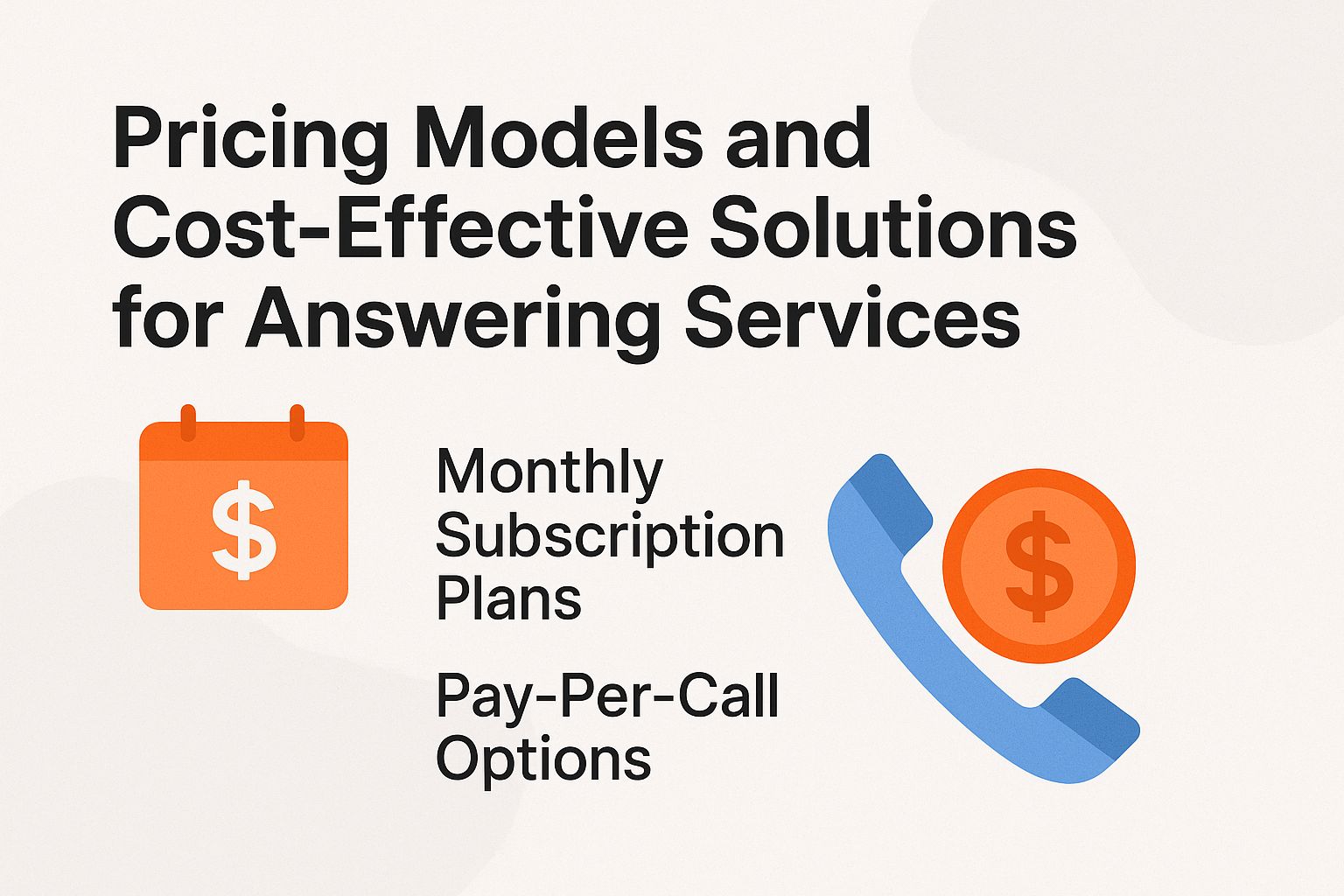
Understanding the pricing models for chiropractor answering services is crucial for selecting a solution that meets both budgetary and operational needs. To explore options that might fit your requirements, consider the most affordable medical answering services available in 2023 as a starting point for cost-effective solutions.
Monthly Subscription Plans
 Monthly subscription plans for answering services, offering technology-driven service, typically range from $100 to $500, based on call volume and feature set.
Monthly subscription plans for answering services, offering technology-driven service, typically range from $100 to $500, based on call volume and feature set.
For instance, some providers offer a $39/month plan that includes 20-30 calls, making it ideal for small businesses. Their features, such as call forwarding and message delivery, enhance customer interaction.
In contrast, other providers charge $150-$300/month for up to 200 calls, which is more suited for medium-sized enterprises seeking robust support.
Evaluating your call volume needs and feature preferences can help you choose the best service, ensuring you invest wisely in options that drive customer satisfaction.
Pay-Per-Call Options
Pay-per-call options provide scalability and flexibility for practices with variable call volumes, typically costing between $1-$3 per call.
This model is particularly beneficial for seasonal practices, such as tax preparation services, where call volume spikes during tax season but wanes afterward.
It allows businesses to manage costs effectively, paying only for the calls they receive. This approach can lead to unpredictability in expenses. A cost-benefit analysis reveals that while a practice might invest $300 in calls during peak times, minimizing overhead during off-peak months can enhance profitability.
Tools like CallRail provide detailed tracking and analytics, helping businesses refine their strategies and maximize return on investment.
Choosing the Right Answering Service for Optimal Workflow Management
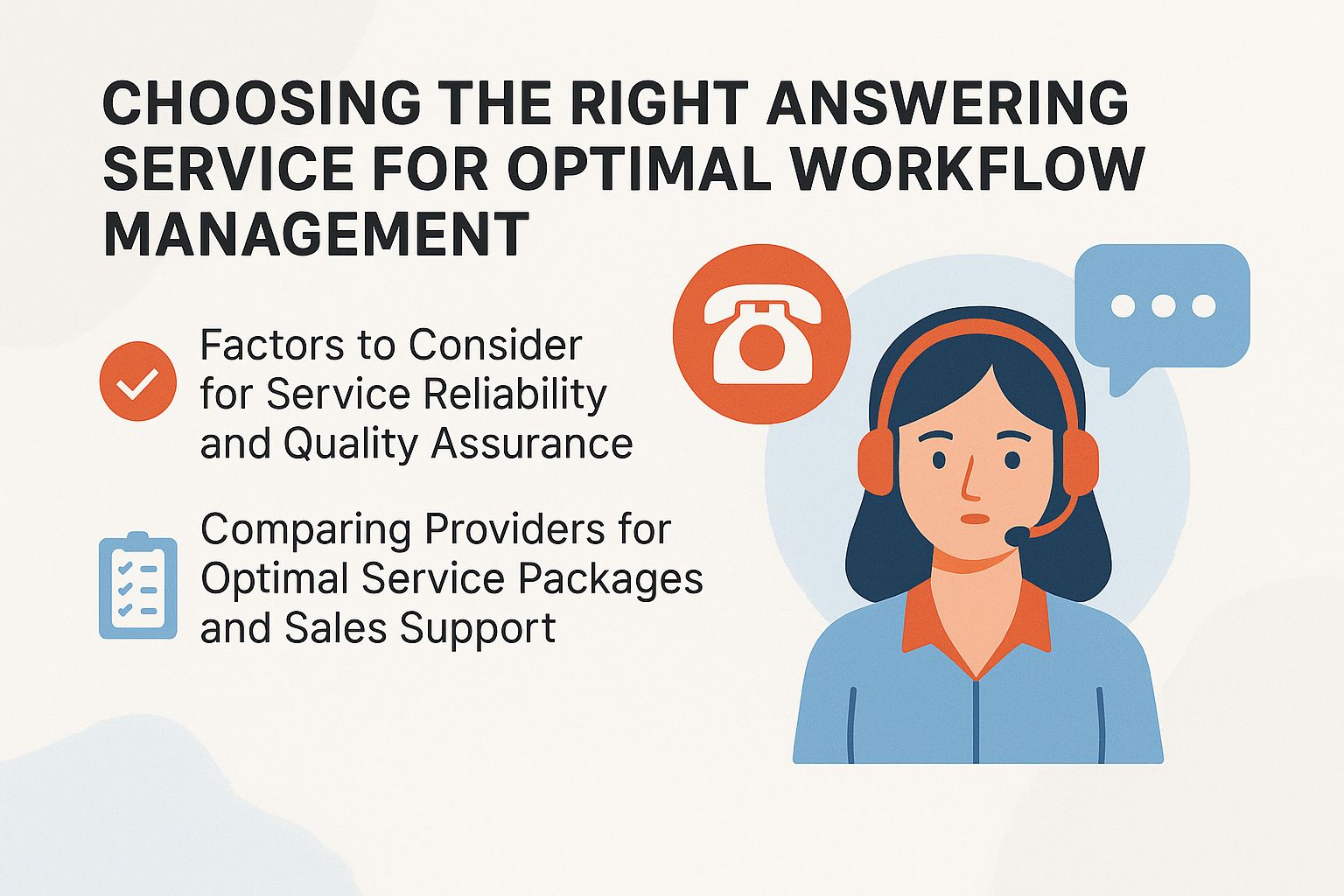
Selecting the right answering service requires careful consideration of several critical factors to ensure alignment with practice needs and patient expectations. Understanding how to choose the right healthcare answering service can guide you in making an informed decision (our definitional guide provides comprehensive insights).
Factors to Consider for Service Reliability and Quality Assurance
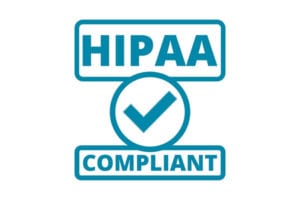 Key factors to consider when choosing an answering service include HIPAA compliance, multilingual support, service customization, and patient loyalty enhancement.
Key factors to consider when choosing an answering service include HIPAA compliance, multilingual support, service customization, and patient loyalty enhancement.
These factors directly impact patient care and operational efficiency. For example, a HIPAA-compliant service ensures that patient information is handled securely, reducing the risk of breaches.
Multilingual support can enhance patient satisfaction by accommodating non-English speakers, which is vital in diverse communities. Customization allows practices to tailor the service to their unique needs, such as setting specific call handling procedures or integrating with existing practice management software.
To streamline your decision-making, consider creating a checklist that includes these factors alongside pricing, response times, and staff training on compliance.
Comparing Providers for Optimal Service Packages and Sales Support
A detailed comparison of healthcare answering solutions providers can reveal disparities in features, competitive pricing, and service quality crucial for decision-making.
To aid in your decision, consider comparing the following providers:
- Ruby: Known for exceptional customer service, starting at $299/month, with 24/7 availability.
- Smith.ai: Offers pricing from $140/month, featuring a live chat service and intelligent call segmentation.
- AnswerConnect: Ranges from $99/month, suitable for startups, with customizable scripts.
- PATLive: Begins at $200/month, providing bilingual services and a mobile app for management.
Collect testimonials to gauge user satisfaction and assess their reliability based on service performance history.